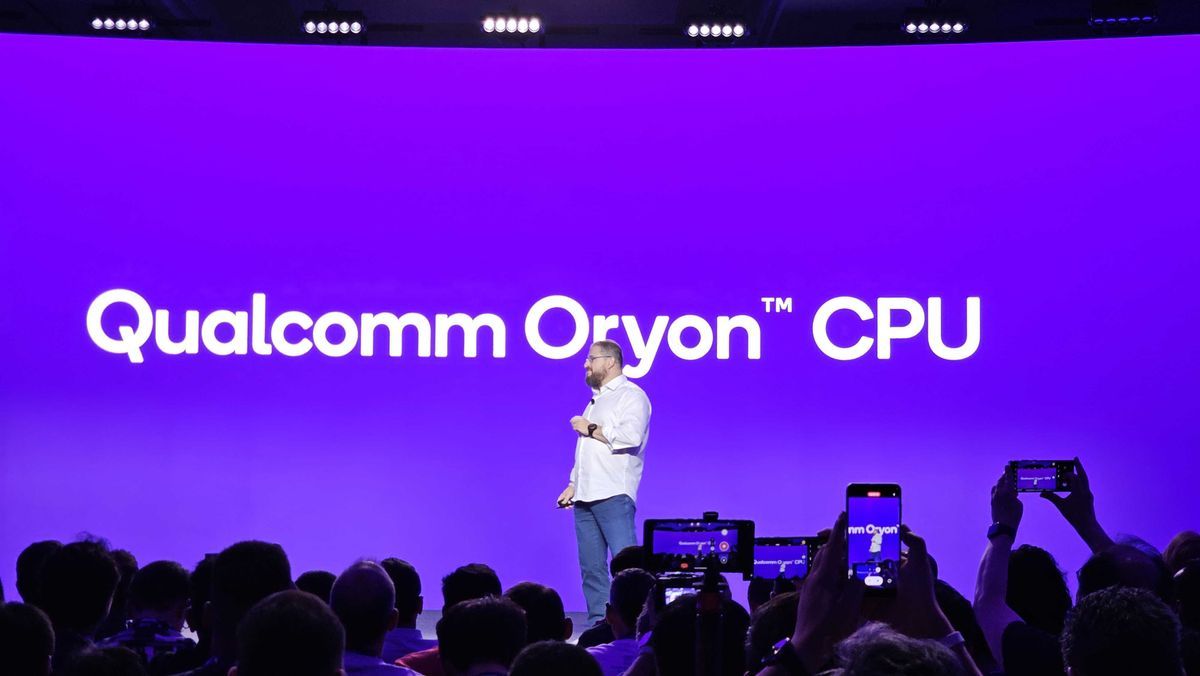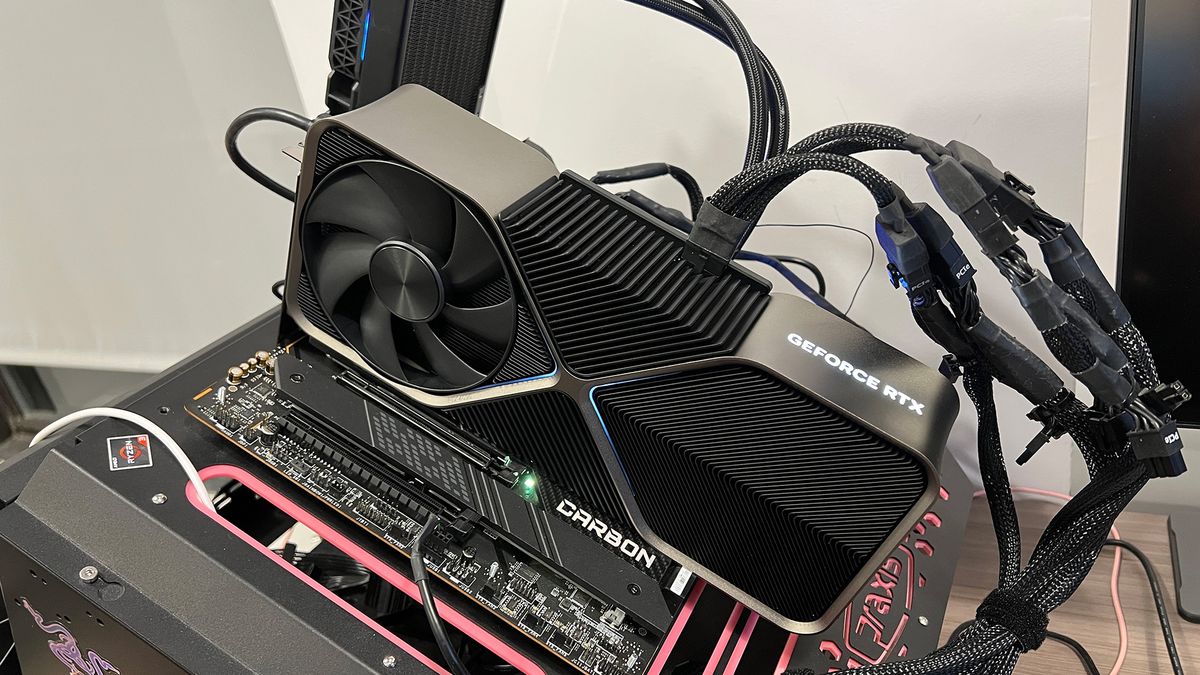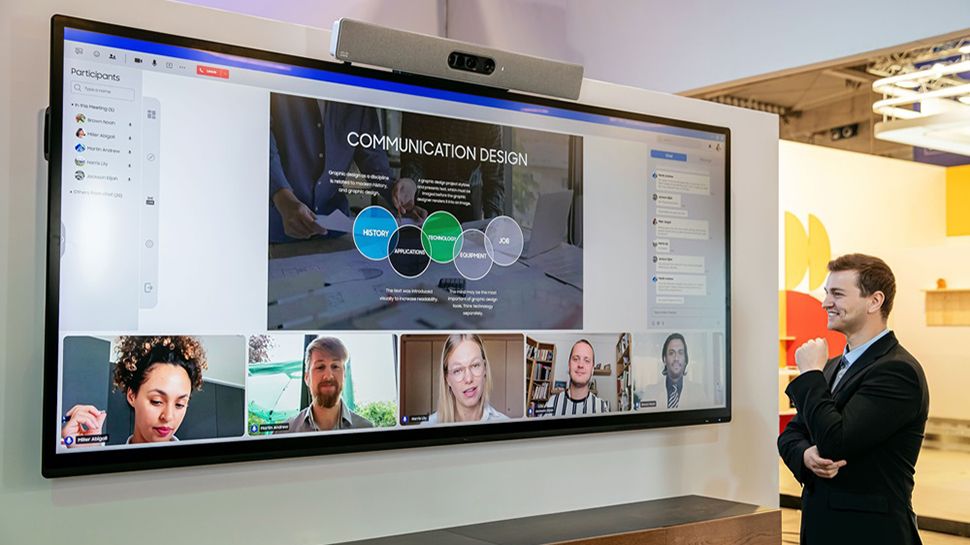ARM systems could account for 50% of the Windows PC market by 2030. That's the belief, not of some Intel-hating eccentric or a slightly off-kilter, sandwich-board-wearing apocalyptic proclaimer, but the opinion of Qualcomm CEO, Cristiano Amon, and It is not as crazy an idea as it seems.
Although, as the story goes, you could be forgiven for doubting him.
Microsoft Windows PCs and Intel x86 CPUs have been inextricably linked for 40 years, spawning the term “Wintel PCs,” which simply means similar Windows PCs running Intel CPUs.
For much of the history of desktop computing, the world's most popular operating system ran on Intel CPUs. The x86 chip platform was so dominant that Apple eventually adopted Intel chips for its laptops and desktops, moving away from custom Motorola/IBM PowerPCs.
Since the mid-1980s, Intel's main competition in the x86 space has been AMD, although Statista still puts AMD's market share at just 20%.
The divorce
The threat to Intel's dominance and unbreakable partnership with Wintel does not come from AMD. No, the real contender is off the x86 platform and comes from a smaller, more efficient land of silicon known as ARM (Advanced RISC Machine). ARM is not a company that makes chips; rather, it is an architecture, much like x86, for building fast and efficient CPUs that meet the performance and light power needs of modern smartphones.
Part of the blame for the possible demise of the Wintel marriage lies with Apple. The company that once ruled out more custom CPUs for the same x86 chips found in competing Windows systems pledged in 2020 to eventually move all of its Mac systems to its own Apple silicon, a series of ARM-based SoCs. . Sure, Apple would need Rosetta 2 emulation software to bridge the gap between legacy apps and the new, more efficient (and faster) silicon, but Apple was convinced it was worth the sacrifice.
Spoiler alert: It was worth it and now, for example, MacBook Airs with M3 SoCs are among our best laptops. They are faster and offer incredible battery life. More importantly, the Rosetta 2 connection doesn't feel like a no-brainer, and for most tasks, using an M-class Mac is the same as using an Intel-based one.
Now, did Microsoft look at one of its biggest competitors and ask, “Where's my ARM?”
Not quite.
An ARM and a legend
Microsoft has dreamed of Windows on ARM for more than a decade. It was a pet project of former Microsoft Surface leader Steven Sinofsky, who showed off Windows RT running on an ARM-based Surface RT tablet in 2012. It didn't work much and the project eventually died, but not the dream.
It's been 12 years and ARM-based SoCs are the beauty of desktop and laptop computing. Apple demonstrated that it was not only possible but desirable to run traditional desktop applications on what was initially designed to be a mobile CPU.
Microsoft tried to do the same with the SQ series on Surface Pro systems, but was somehow unsuccessful. My guess is that Microsoft and its partner Qualcomm didn't do enough to make the SQ series attractive, and that Windows didn't change enough to make ARM/Windows objection-proof.
However, things have changed and we have reached a tipping point where a Windows/ARM combination not only makes sense, but more sense than a Wintel PC.
With the launch of Snapdragon This ARM silicon will be the core of nearly two dozen new laptops. Thanks to Prism (Microsoft's version of Rosetta emulation software), these systems will soon run much more x86 software than before. Most importantly, though, they'll be running a very different Windows, one that has embraced AI as its north star.
The power of AI
Instead of simply pairing ARM processing and Microsoft's Windows, you'll get a digital quad that includes the ARM CPU, Windows, an NPU, and Copilot.
You see, modern ARM SoCs are more than efficient and powerful CPUs and GPUs, and virtually all of them include neural processing units (NPUs). Just like the coprocessors in your grandfather's PCs that were dedicated to handling mathematical operations, these NPUs live to calculate AI operations and they are very good at it. A few months ago, I saw the X-Elite effectively handle some pretty intense AI tasks (music, image, and video generation) and do it all on the device without missing a beat.
The promise of these new chips is unprecedented power and battery life that, in some cases, can extend to more than a day instead of just a few hours.
Amon's beliefs seem less far-fetched when you consider how many OEMs are adopting these new chips. While some might have been reluctant to support the new, especially in the face of an entrenched Wintel market, they are now ready to embrace Qualcomm's ARM plan with, if not abandon, then enthusiasm.
The reality here is that while ARM-based laptops already own around 10% of the market, it's not necessarily 10% of the Windows PC market. That number could be made up almost entirely of the last few years of Apple silicon systems.
The number of Windows systems on ARM is probably a rounding error, but that's for now. Give consumers fast, AI-ready Windows laptops that can last 24 hours on a charge and connect via 5G anytime, anywhere without offering anything in return in terms of performance, and they'll flock to them, even if they have to pay. a prize.
I hope the Qualcomm Windows Copilot PCs sell like hotcakes and set in motion the demise of the Wintel PC. Intel will survive, but its position may be greatly diminished.









